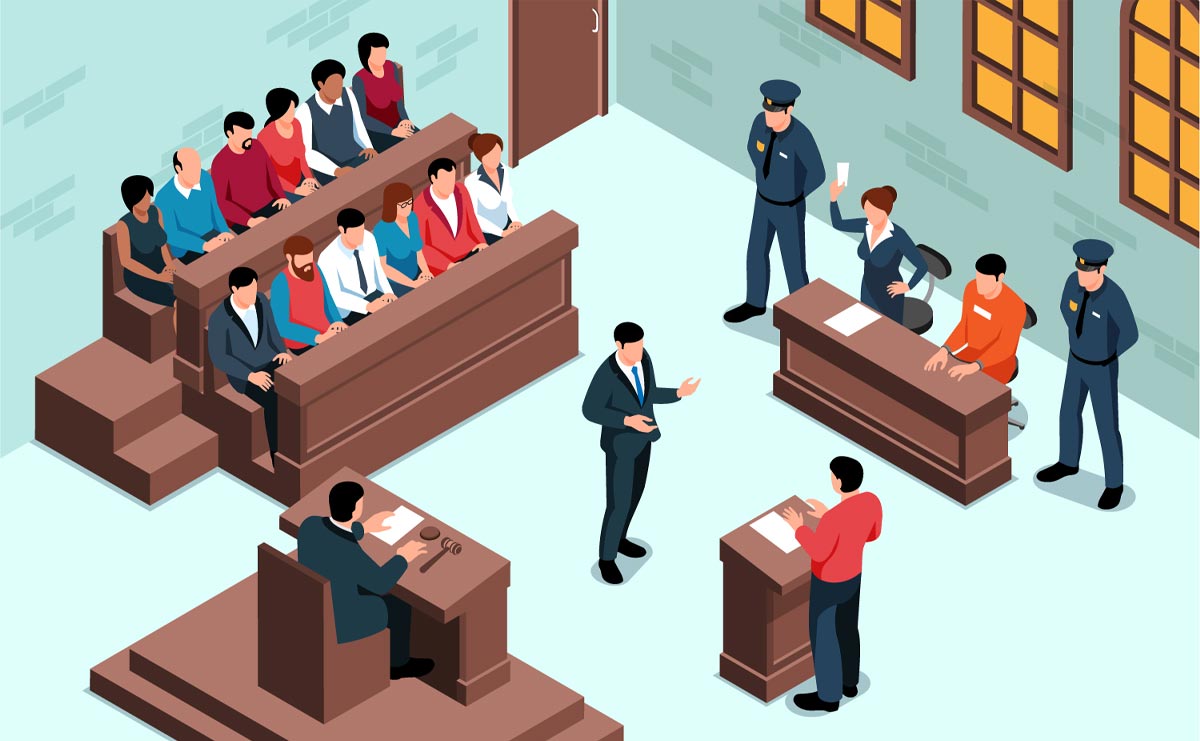Gaia Hypothesis
As originally formulated by James Lovelock, the Gaia hypothesis primarily pertains to Earth’s ecosystems and the interconnectedness of living organisms with the environment. It’s a scientific concept rather than a legal one. However, some legal frameworks and principles address environmental conservation, sustainability, and the protection of ecosystems, which are related to the broader themes raised by the Gaia hypothesis.
In a legal context, environmental laws and regulations aim to manage human activities to prevent or mitigate harm to the environment. These laws often recognize the importance of maintaining ecological balance, preserving biodiversity, and ensuring the sustainability of natural resources.
There are a few legal concepts and principles that align with the spirit of the Gaia hypothesis as follows:
– Environmental Protection Laws: Many countries have enacted laws that regulate pollution, habitat destruction, and other activities that can harm the environment. These laws often emphasize the need to protect ecosystems and the delicate balance of nature.
– Biodiversity Conservation Laws: Legal frameworks often include provisions for biodiversity conservation. These laws may address the protection of endangered species, the preservation of natural habitats, and the sustainable use of biological resources.
– Sustainable Development: The concept of sustainable development, which seeks to meet the needs of the present without compromising the ability of future generations to meet their own needs, is embedded in various international and national legal instruments, including agreements such as the Rio Declaration on Environment and Development.
– Environmental Impact Assessment (EIA): Many jurisdictions require assessments of the potential environmental impacts of specific projects before they are approved. This process takes the possible effects on ecosystems into consideration and helps identify measures to mitigate negative impacts.



